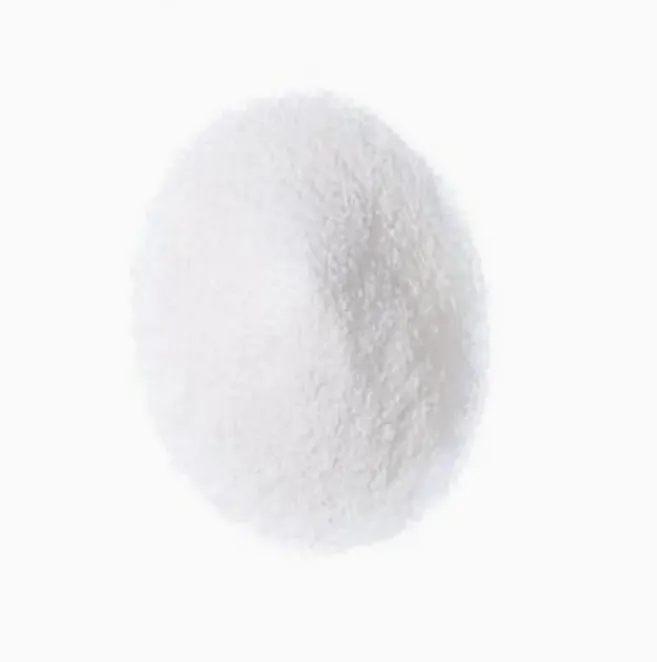Warning: Undefined array key "title" in /home/www/wwwroot/HTML/www.exportstart.com/wp-content/themes/1198/header.php on line 6
Warning: Undefined array key "file" in /home/www/wwwroot/HTML/www.exportstart.com/wp-content/themes/1198/header.php on line 7
Warning: Undefined array key "title" in /home/www/wwwroot/HTML/www.exportstart.com/wp-content/themes/1198/header.php on line 7
Warning: Undefined array key "title" in /home/www/wwwroot/HTML/www.exportstart.com/wp-content/themes/1198/header.php on line 7
- Neeg African
- Albanian
- Amharic
- Arabic
- Armenian
- Azerbaijani
- Basque
- Belarusian
- Bengali
- Bosnian
- Bulgarian
- Catalan
- Cebuano
- Tuam Tshoj
- Tuam Tshoj (Taiwan)
- Corsican
- Croatian
- Czech
- Danish
- Dutch
- Lus Askiv
- Esperanto
- Estonian
- Finnish
- Fabkis
- Frisian
- Galician
- Georgian
- German
- Greek
- Gujarati
- Haitian Creole
- haus
- hawaiian
- Hebrew
- Tsis yog
- Miao
- Hungarian
- Icelandic
- ib igbo
- Indonesian
- irish
- Italian
- Nyiv
- Javanese
- Kannada
- kazakh
- Khmer
- Rwandan
- Kauslim
- Kurdish
- Kyrgyz
- TB
- Latin
- Latvian
- Lithuanian
- Luxembourgish
- Macedonian
- Malgashi
- Malay
- Malayalam
- Maltese
- Maori
- Marathi
- Mongolian
- Myanmar
- Nepali
- Norwegian
- Norwegian
- Occitan
- Pashto
- Persian
- Polish
- Portuguese
- Punjabi
- Romanian
- Lavxias
- Samoan
- Scottish Gaelic
- Serbian
- Lus Askiv
- Shona
- Sindhi
- Sinhala
- Slovak
- Slovenian
- Somali
- Spanish
- Sundanese
- Swahili
- Swedish
- Tagalog
- Tajik
- Tamil
- Tatar
- Telugu
- Thaib
- Turkish
- Turkmen
- Ukrainian
- Urdu
- Uighur
- Uzbek
- Nyab Laj
- Welsh
- Pab
- Yiddish
- Yoruba
- Zulu
Jun . 17, 2025 10:51 Rov qab mus rau npe
Energy Price Volatility and Ripple Effect on Caprolactam Markets
The caprolactam industry, a cornerstone of global nylon 6 production, is uniquely vulnerable to energy market fluctuations. As a feedstock for polymers used in automotive parts, textiles, and industrial resins, caprolactam price trends are inextricably linked to the cost of natural gas, coal, and crude oil. With energy accounting for up to 50% of production expenses, shifts in fuel prices directly influence manufacturing viability, supply chain stability, and downstream caprolactam uses. This article examines how energy costs reshape wholesale dynamics, regional production strategies, and end-market competitiveness.

Energy-Intensive Production Drives Caprolactam Price Swings
Producing caprolactam demands vast energy inputs, particularly for steam cracking benzene and synthesizing ammonia. In Europe, where natural gas prices soared during the 2022 energy crisis, manufacturers like BASF and DSM faced production cuts, tightening global supply and pushing caprolactam price to a five-year high of $2,300 per ton. Similarly, China’s reliance on coal—cheaper but subject to carbon taxes—creates a fragile balance between affordability and regulatory compliance. For wholesalers, these energy-driven cost surges translate to volatile procurement budgets and unpredictable lead times. Bulk buyers increasingly adopt hybrid contracts that tie caprolactam price to regional energy indices, sharing risk with suppliers while securing long-term supply commitments.

Regional Shifts in Caprolactam Production Hubs
Energy costs are redrawing the map of caprolactam manufacturing. The Middle East, leveraging subsidized natural gas, has emerged as a low-cost exporter, with Saudi Arabia’s SABIC supplying over 20% of global demand. Meanwhile, Europe’s energy crisis has accelerated plant closures, forcing the region to rely on imports from Russia and Asia. In North America, shale gas initially boosted competitiveness, but rising LNG export demand has eroded cost advantages. For wholesalers, this geographic realignment means diversifying suppliers across regions to mitigate risks. Partnerships with Middle Eastern producers, for instance, offer stable caprolactam price points, while Southeast Asian suppliers provide tariff-friendly access to growing textile markets.
Caprolactam Uses in Energy-Sensitive Industries
The downstream caprolactam uses in energy-intensive sectors amplify its price sensitivity. Automotive manufacturers, which consume 30% of global nylon 6, face mounting pressure as caprolactam price hikes inflate costs for lightweight components like airbags and engine covers. Similarly, textile producers in South Asia, reliant on affordable synthetic fibers, struggle with margins when energy-driven caprolactam spikes coincide with rising electricity tariffs. Even packaging firms, which depend on nylon films for food preservation, must navigate supply chain disruptions caused by production cuts in high-energy-cost regions. For wholesalers, understanding these sector-specific vulnerabilities is critical to forecasting demand and negotiating bulk purchase agreements that align with client industries’ financial thresholds.
By recognizing these industry-specific challenges, wholesalers can anticipate fluctuations in demand and adjust their inventory strategies accordingly. They can also use this insight to negotiate more favorable terms with suppliers, ensuring that they secure the best possible prices while still meeting their clients' needs. This understanding allows wholesalers to maintain healthy profit margins and build long-lasting relationships with their client industries.
Wholesale Strategies For Coping With Energy-related Fluctuations Of Caprolactam
To stabilize supply chains, wholesalers deploy innovative tactics. Energy-linked pricing models, which adjust caprolactam price based on monthly natural gas or coal indices, offer mutual risk-sharing between buyers and producers. Strategic stockpiling during energy price dips—such as the 2023 lull in European gas markets—helps buffer against future spikes. Collaborations with manufacturers adopting renewable energy, like solar-powered ammonia synthesis, also promise long-term cost predictability. Companies like AdvanSix are piloting carbon-neutral caprolactam production, attracting sustainability-focused bulk buyers. Additionally, digital tools like AI-driven demand forecasting enable wholesalers to anticipate energy market trends and adjust procurement timelines, ensuring optimal caprolactam inventory levels.
FAQ:Addressing Key Questions About Energy and Caprolactam Markets
How do energy prices directly impact caprolactam manufacturing?
Energy accounts for 40–60% of caprolactam production costs. Natural gas fuels steam crackers for benzene processing, while electricity drives polymerization. Price surges in these inputs force manufacturers to raise caprolactam price or reduce output.
Which regions benefit most from low energy costs in caprolactam production?
The Middle East and Russia lead due to subsidized natural gas and oil. Southeast Asia is rising as coal investments grow, while China’s coal dominance faces carbon tax challenges.
How do energy costs affect caprolactam uses in textiles?
High caprolactam price increases nylon 6 fiber costs, squeezing margins for apparel producers. Energy-driven price volatility also disrupts long-term contracts, forcing manufacturers to seek alternative materials.
Can renewable energy reduce caprolactam production costs?
Yes. Solar or wind-powered ammonia synthesis and green hydrogen projects are lowering energy dependencies in Europe and Asia, though scalability remains a hurdle.
Are recycled caprolactam products less energy-intensive?
Recycling nylon waste into caprolactam uses 50% less energy than virgin production, offering wholesalers a cost-stable, sustainable alternative amid fossil fuel volatility.
From feedstock crises to green manufacturing pilots, energy prices remain a pivotal force in caprolactam markets. For wholesalers, agility in supplier diversification, adoption of energy-linked contracts, and investment in sustainable alternatives are no longer optional—they are essential to thriving in an era of relentless energy uncertainty. By aligning strategies with both market trends and client industries’ evolving needs, bulk buyers can turn volatility into opportunity.
Xov xwm tshiab
-
Certifications for Vegetarian and Xanthan Gum Vegetarian
Xov xwmJun.17,2025
-
Sustainability Trends Reshaping the SLES N70 Market
Xov xwmJun.17,2025
-
Propylene Glycol Use in Vaccines: Balancing Function and Perception
Xov xwmJun.17,2025
-
Petroleum Jelly in Skincare: Balancing Benefits and Backlash
Xov xwmJun.17,2025
-
Energy Price Volatility and Ripple Effect on Caprolactam Markets
Xov xwmJun.17,2025
-
Spectroscopic Techniques for Adipic Acid Molecular Weight
Xov xwmJun.17,2025

